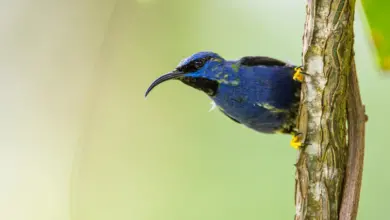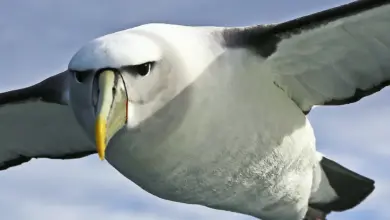Réunion Harrier or Réunion Marsh Harrier
The Réunion Harrier or Réunion Marsh Harrier (Circus maillardi) is a bird of prey belonging to the marsh harrier group of harriers.
The Madagascar Harrier (C. macrosceles) of Madagascar and the Comoro Islands was previously treated as subspecies of this bird but is increasingly regarded as a separate species.
Distribution / Range
It is found only on the Indian Ocean island of Réunion where it is known locally as the papangue or pied jaune.
It is typically found in forested upland areas between 300 and 700 m above sea-level. It also visits cane fields and grassland.
It has an estimated population of 200–340 birds and has been evaluated as endangered by BirdLife International. It is threatened by destruction and disturbance of its habitat and by poaching. It became a protected species in 1966 and its numbers are now stable or increasing.
Description
It is about 50 cm long; the female is around 3–15% larger than the male. The male has a blackish head and back with white streaks. The underparts, underwings and rump are white and the tail is grey. The wings are grey and black with a white leading edge. Females and immatures are dark brown with a white rump and barred tail.
The birds are mostly silent except during the breeding season when they give a chattering threat call, a wailing courtship call and chuckling food-associated calls.
The Madagascar Harrier is larger and paler with longer wings and legs.
Diet / Feeding
Its diet includes many introduced mammals (rats, mice and tenrecs) but it originally fed mainly on birds and insects. It has a number of adaptations which are unusual among harriers: broad rounded wings for hunting between trees and a short tarsus and long claws, which are common among those birds of prey which feed on other birds.
Breeding / Nesting
It breeds between January and May and lays two or three white eggs.
Taxonomy
The species was described in 1862 by Jules Verreaux. He named it in honour of Louis Maillard, who mentioned the bird in a book about the island.
In 1893 Alfred Newton and Hans Gadow described tarsometatarsi, tibiae and metacarpals from a hawk called Astur alphonsi (later renamed Accipiter alphonsi and Circus alphonsi) from Mauritius.
In 1958 James Greenway considered this taxon as conspecific with the Pied Harrier.
A later examination of the bones came to the conclusion that Astur alphonsi is actually identical with Circus maillardi, which formerly occurred on Mauritius too but is now extirpated.




